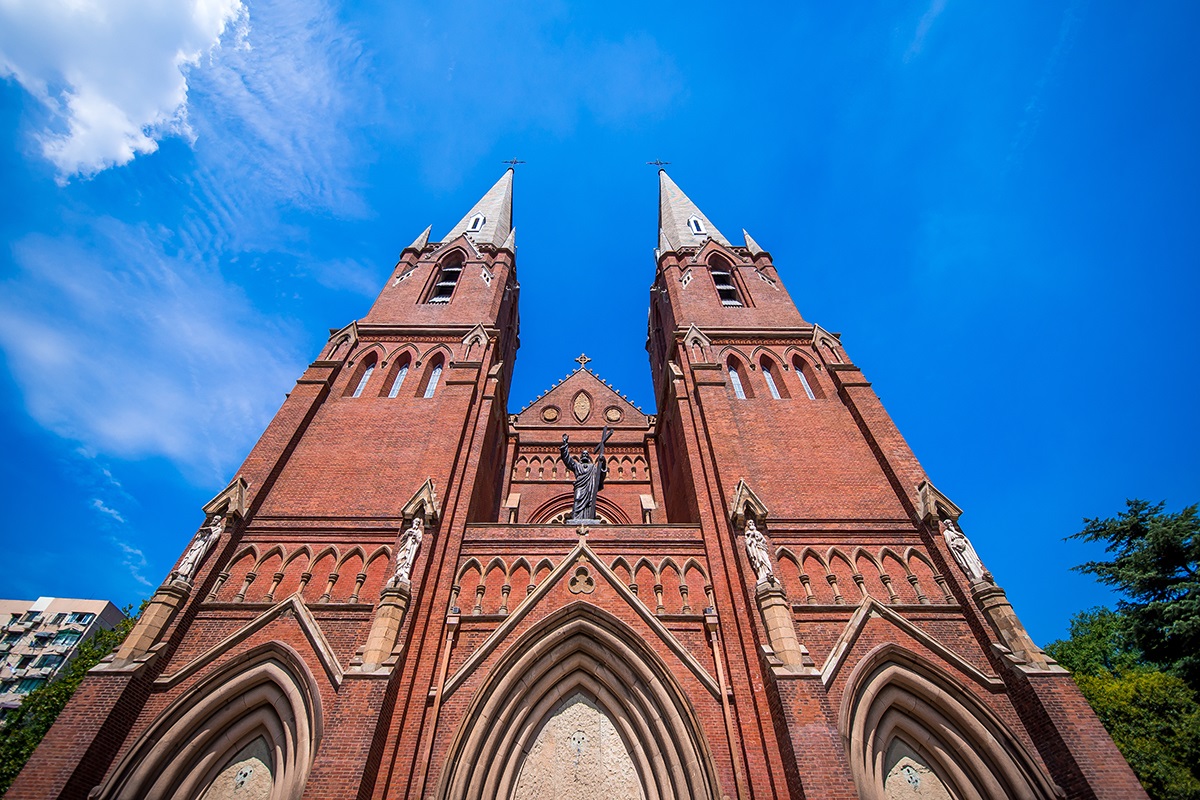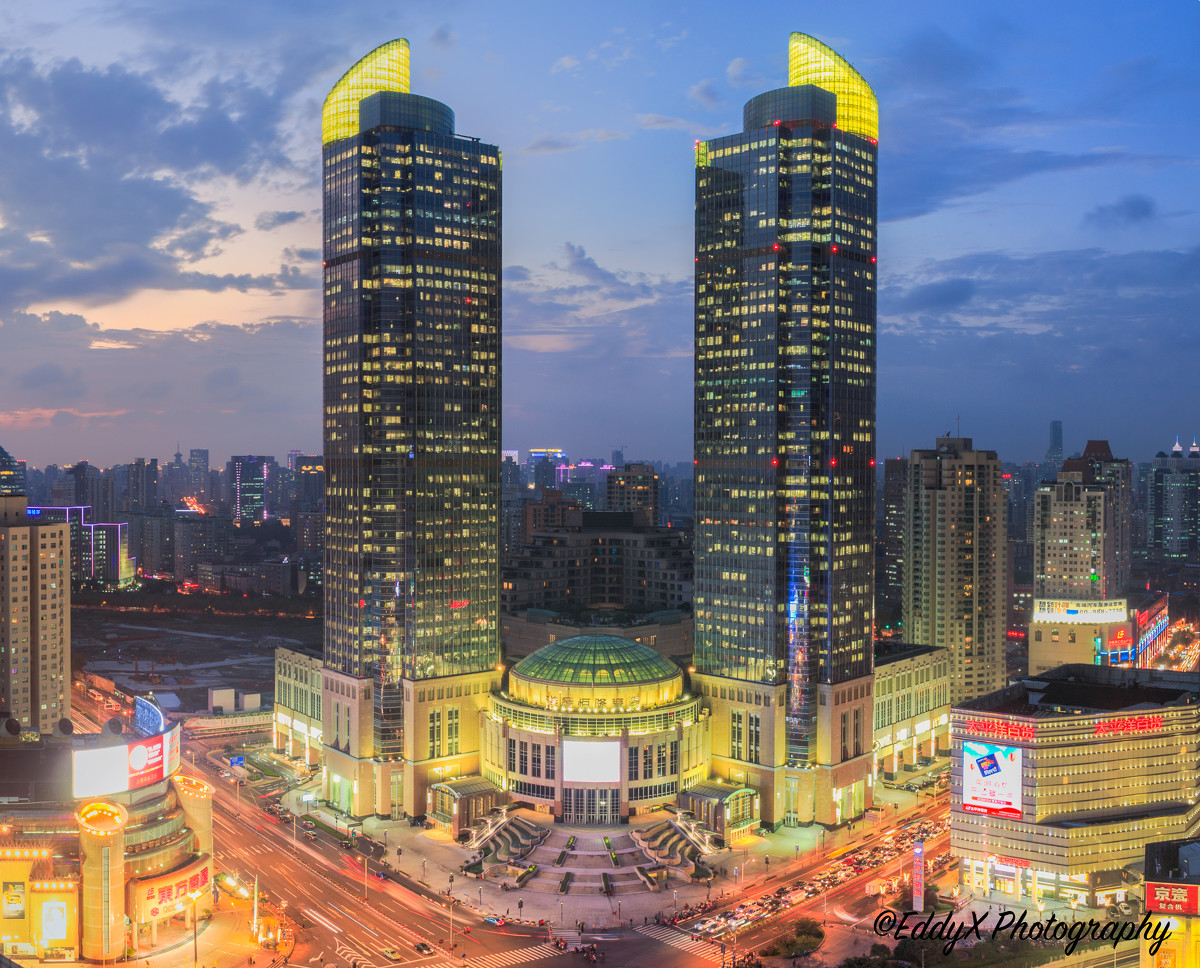A century-old cluster of cultural buildings located in the southwest of Shanghai witnessed “the earliest Chinese encounter with Western cultures” and the earliest development of modern sciences in Shanghai and even in China. This locality is known as Xujiahui, a bustling area featuring cultural and historic legacies, flourishing commercial and trade activities, and extensive transportation networks.
400 years ago, Xu Guangqi, or Hsu Kuang-chi (1562–1633), China’s most notable Catholic convert and a pioneer in the cultural exchange between China and the Western world, lived in this area where several creeks including Zhaojiabang converged. As Minister of Rites and Grand Secretary in the Ming Dynasty (1368–1644), Xu authored many books in his residential property and built farming facilities nearby for his experiments with new agricultural practices. As this area was later largely inhabited by Xu’s family descendants, it became known as Xujiahui, literally “Xu Family’s Property at the River Junction,” during the reign of Emperor Kangxi (1622-1722) in the Qing Dynasty.
By the early 20th century, Xujiahui had emerged as a recognized cultural landmark, which would later become the cradle of Shanghai-style culture.
Xujiahui Cathedral

Xujiahui Cathedral, also known as St. Ignatius Cathedral after its patron saint St. Ignatius of Loyola, once crowned as “the grandest cathedral in the Far East,” is the headquarters of the Roman Catholic Diocese of Shanghai.
Designed by the English architect W. M. Dowdall in 1904, and constructed by French Jesuits between 1906 and October 22, 1910, this brick and wood Gothic twin-tower building stands on a cross-shaped plan with two bell towers facing each other on the south and north. The bell towers are both 57 meters high, each featuring a 31-meter-high spire with a huge cross on the top rising into the sky, making the cathedral a landmark building in western Shanghai. There are 64 carved stone columns, each surrounded by 10 smaller pillars, in the hall, which can accommodate 3,000 worshippers at the same time.
Xujiahui Cathedral was listed in 1989 by the Shanghai municipal government as a Cultural Heritage Site under Municipal Protection, and in 2013 by China’s State Council as a Cultural Heritage Site under National Protection.
Grand Gateway

Grand Gateway 66, at the junction of Huashan Road and Hung Qiao Road and above the Xujiahui subway station, is located at the commercial hub of Xujiahui, the southwest Shanghai urban center. Grand Gateway is an interconnected complex comprising a shopping mall, office towers and residences with a total area of 400, 000 sq. m.
Shopping mall of Grand Gateway, adding a Western-style shopping experience to the dynamic Xujiahui commercial district, has proven to be a highly competitive player in the high-end market. The mall itself has seven floors of shops, six above ground and one at basement level. More than 70,000 sq. m. of space is taken up by shops.
The mall is equipped with more than 94 elevators and escalators, and has a large underground parking lot with space for 1,400 cars.